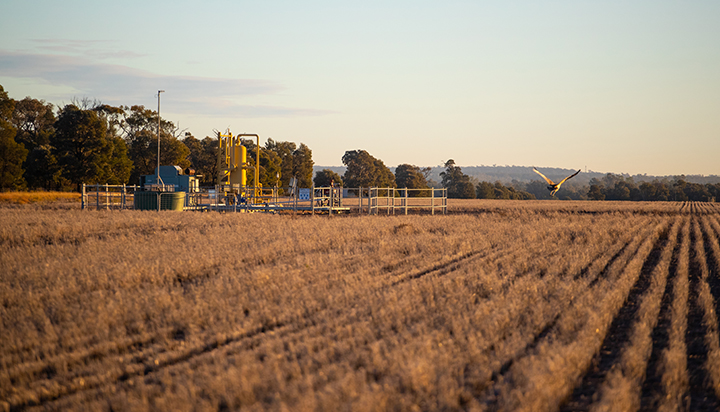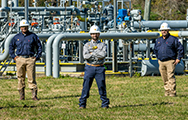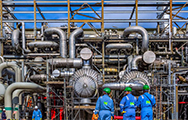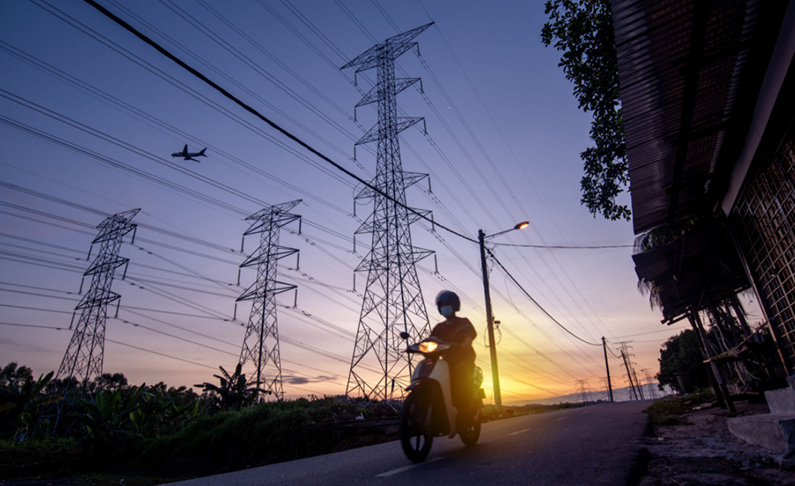Embedding sustainability into projects
Safety, the environment and communities are vital considerations when we plan, design and operate our projects and facilities.
The mandatory requirements in our Health, Safety, Security, Environment and Social Performance (HSSE & SP) Control Framework help to ensure projects and facilities are managed safely, responsibly and in a consistent way.
We conduct impact assessments for every major project and consider the economic, social, environmental and health opportunities and risks.
We engage with communities and other stakeholders, such as customers and contractors, to discuss projects. We listen to concerns they might have as well as ideas so these can be addressed in the planning and design of our projects. This input helps us comply with relevant social and environmental regulations and align with international standards, such as those set by the World Bank and the International Finance Corporation.

The Shell-operated QGC natural gas wells in Queensland, Australia, where sustainability considerations include endangered ecosystems and essential habitats.
We train our project teams to embed sustainability into projects and aim to balance short- and long-term business interests. Specialists support our project teams in areas such as biodiversity, waste, air, energy and water management, and human rights, including indigenous peoples’ rights, cultural heritage and resettlement. This approach has meant, for example, that since construction started at the Shell-operated QGC natural gas project in Australia, only 34% of disturbance to endangered ecosystems, ecosystems of concern and essential habitats has occurred compared with what was initially predicted (see Biodiversity). Shell has a majority interest in QGC as a result of the BG acquisition in 2016.
We use our greenhouse gas (GHG) and energy management manual to evaluate options to improve our GHG intensity performance. Our planning process helps to guide our decisions on technology and whether to move ahead with a project. Our HSSE & SP Control Framework requires projects and facilities that produce more than 50,000 tonnes of GHG emissions a year to have a GHG and energy management plan. To assess the long-term financial viability of proposed projects or potential alternatives, we also consider potential costs associated with operational GHG emissions (see Greenhouse gas emissions).
We work continually to improve the energy efficiency of our facilities. This includes monitoring electricity use, making equipment more efficient through regular and smart scheduling of maintenance, and using more renewable energy sources. For example, in 2020, we invested in new furnaces for our Moerdijk petrochemicals complex in the Netherlands to reduce energy consumption and GHG emissions by around 10% compared with 2019 (see Energy efficiency in our operations).
We have also started to collaborate with communities on district heating, which involves distributing heated water from a central plant around a region via insulated pipes. We also use co-generation power plants at our projects.
We aim to work with contractors and suppliers that are economically, environmentally and socially responsible. We seek to contribute to the development of local economies in the regions where we operate by creating jobs, boosting skills and sourcing from local suppliers (see Supply chain and Local content).




